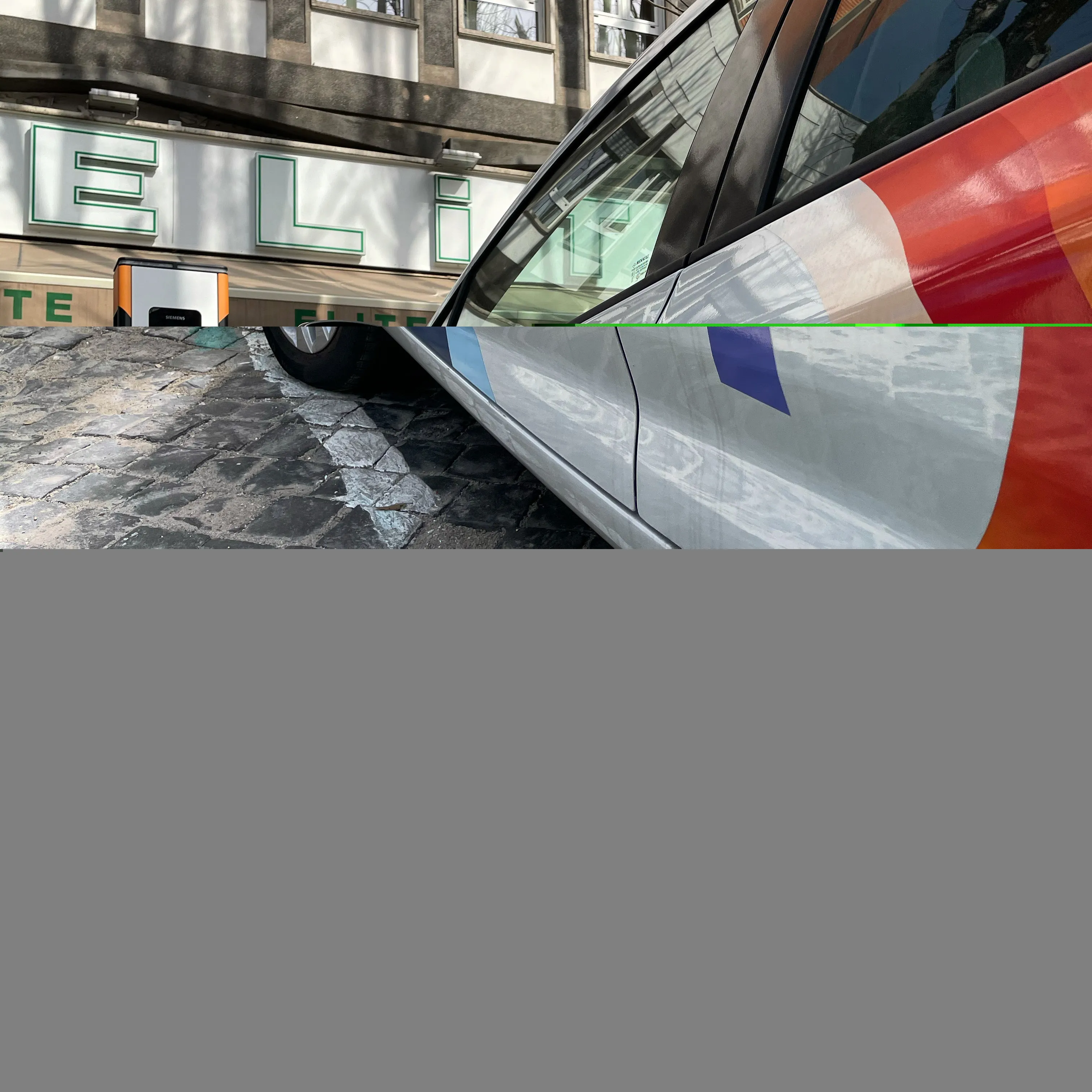Exemplar, the developer of Fitzroy Place, one of London’s most high-profile and successful new mixed-use developments, has appointed
Evolt will also install the latest load distribution technology, which ensures the total power to all charge points is consistently available, evenly distributed and prevents overloading. When an EV is fully charged, its power usage is re-distributed to the other EVs so that they can achieve a full charge in the fastest possible time.
The charge points are split into four groups, with each group being controlled by a distribution board. They are also connected to a centralised server, which manages the entire system and provides a real-time reporting function for operators. The server also has a failsafe mechanism in case of a local power outage, where it ‘instructs’ the distribution boards to continue charging vehicles at a default setting.
New London development installs EV chargers
Exemplar, the developer of Fitzroy Place, one of London’s most high-profile and successful new mixed-use developments, has appointed Swarco company Evolt to supply and install 38 single outlet AC wall mount electric vehicle (EV) charge points.
September 9, 2016
Read time: 1 min









